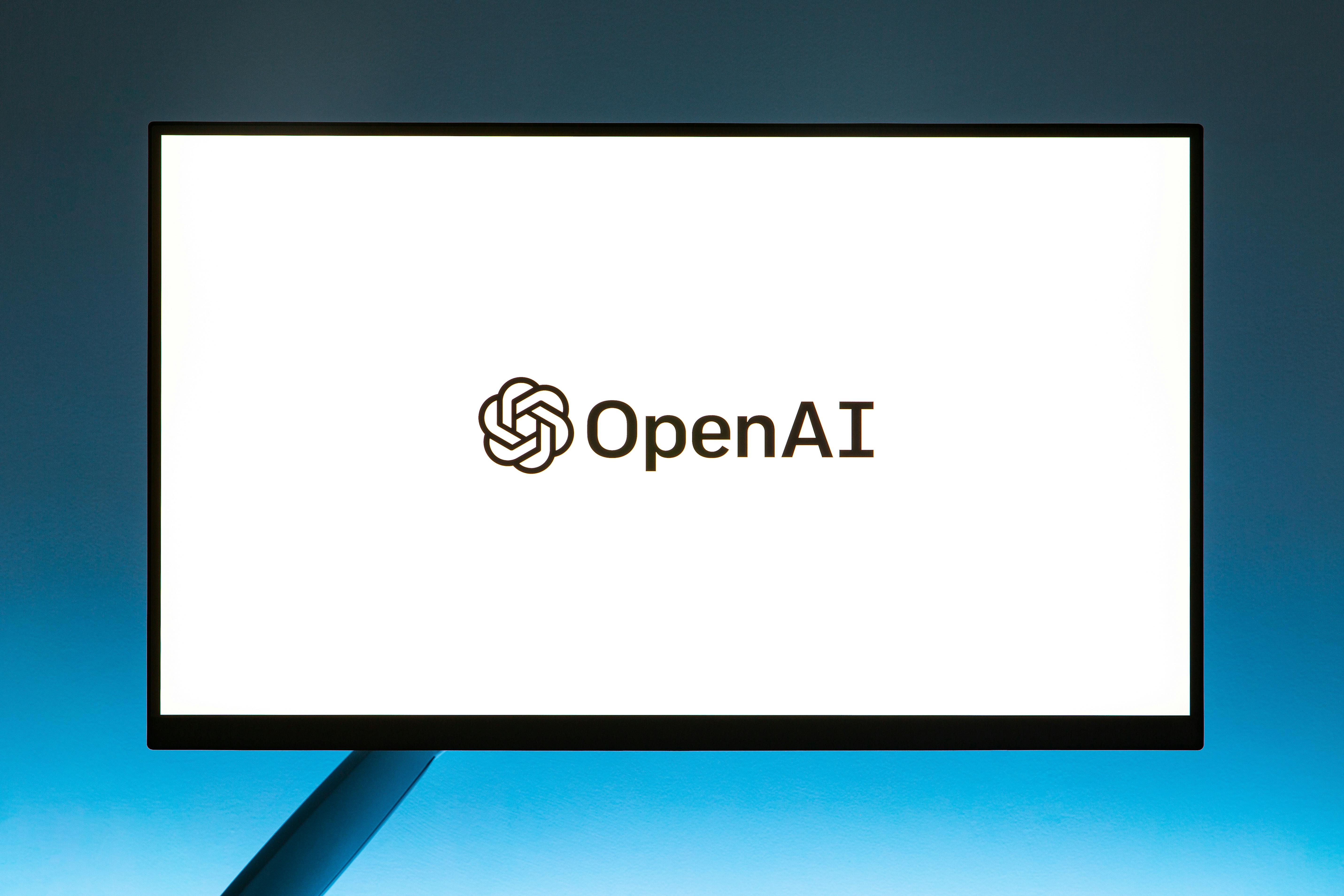
The role of AI in pushing the boundaries of artistic expression
AI enables new forms of creativity by providing artists with innovative tools and technologies that can enhance their artistic capabilities. Through machine learning algorithms and deep neural networks, AI can analyze vast amounts of data to generate unique and original ideas that may not have been possible through traditional artistic methods. This opens up new possibilities for artists to explore and experiment with different styles, techniques, and mediums.
Furthermore, AI challenges traditional artistic boundaries by blurring the lines between human creativity and artificial intelligence. As AI continues to evolve and improve, it has the potential to create art that is indistinguishable from human-made art. This challenges our preconceived notions of what it means to be creative and raises questions about the nature of art and artistic expression in the digital age.
Empowering artists with AI-driven tools and technologies
Enhancing artistic capabilities through AI-driven tools allows artists to push the boundaries of their creativity and explore new possibilities. By leveraging AI technologies such as generative adversarial networks (GANs) and style transfer algorithms, artists can create unique and visually stunning pieces of art that were previously unimaginable. These tools can help artists overcome creative blocks, experiment with different styles, and discover new ways of expressing themselves.
Fostering creativity with cutting-edge AI technologies involves providing artists with access to advanced tools and resources that can inspire and support their creative process. From virtual reality (VR) and augmented reality (AR) to machine learning and natural language processing, AI-driven technologies can empower artists to think outside the box and push the limits of their imagination.
AI-generated art and its reception in the art world
AI-generated art challenges traditional notions of creativity by raising questions about authorship, originality, and the role of the artist in the creative process. While some critics argue that AI art lacks the human touch and emotional depth of traditional art, others see it as a new form of artistic expression that is both innovative and groundbreaking. The reception of AI art varies among critics and audiences, with some embracing it as the future of art while others remain skeptical of its artistic value.
Innovations in AI-powered storytelling and content creation
Enhanced user engagement through personalized AI-generated content is revolutionizing the way stories are told and consumed. By analyzing user data and preferences, AI algorithms can create personalized content that resonates with audiences on a deeper level. This level of customization and personalization can lead to increased user engagement, loyalty, and satisfaction.
Revolutionizing creative industries with AI-driven storytelling techniques involves leveraging AI technologies to create immersive and interactive experiences that captivate audiences and drive engagement. From virtual reality experiences to interactive storytelling platforms, AI is transforming the way content is created, distributed, and consumed in the digital age.
AI's influence on the future of design and aesthetics
AI is revolutionizing the design process through automation and innovation by streamlining workflows, reducing time-to-market, and improving overall efficiency. By automating repetitive tasks and providing designers with intelligent tools and resources, AI can help them focus on the creative aspects of design and bring their ideas to life more quickly and effectively.
AI is enhancing aesthetics by generating unique and creative solutions that push the boundaries of traditional design. By analyzing trends, patterns, and user preferences, AI algorithms can generate design concepts that are visually appealing, functional, and innovative. This can help designers explore new styles, experiment with different approaches, and create designs that are truly one-of-a-kind.